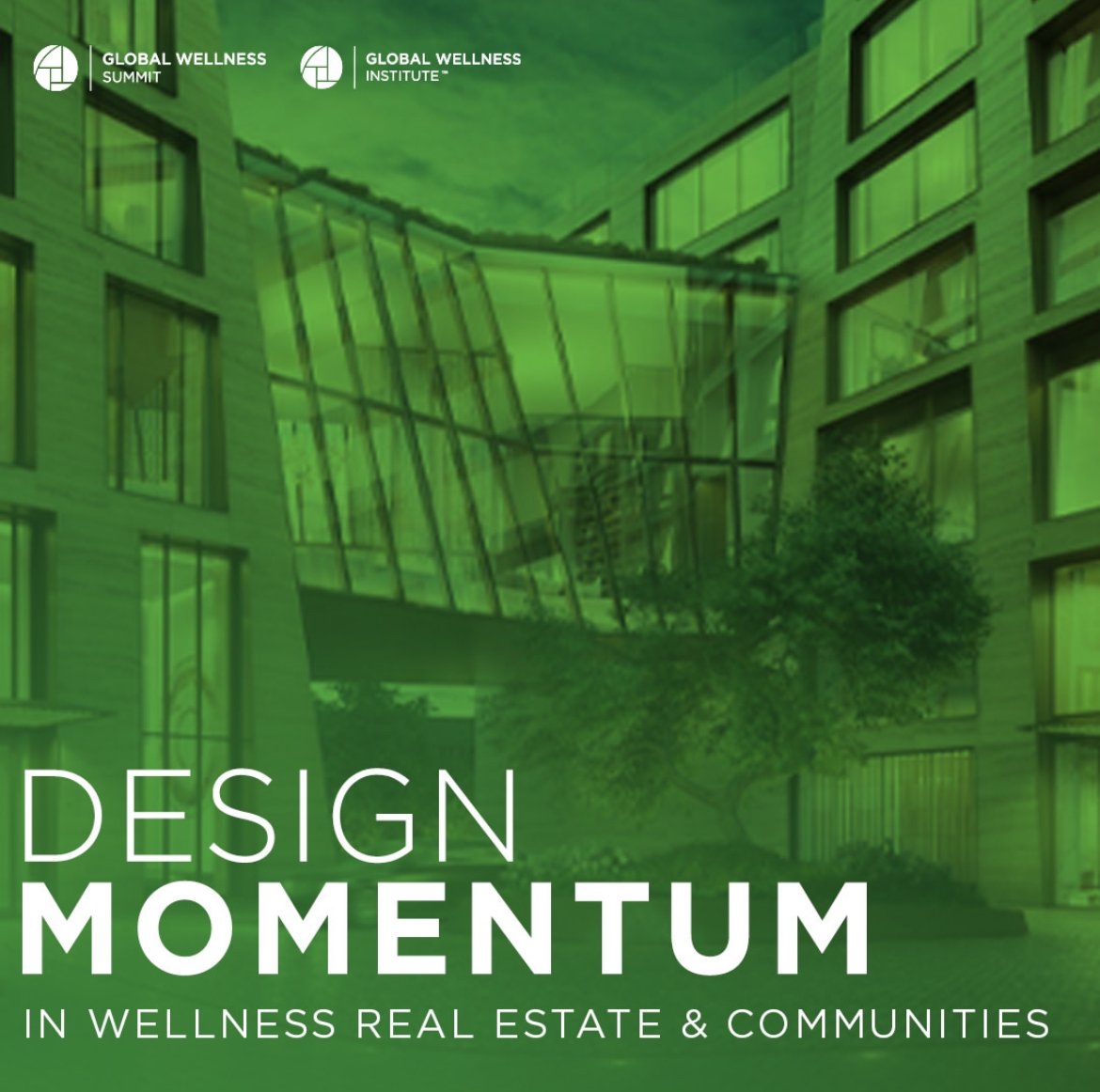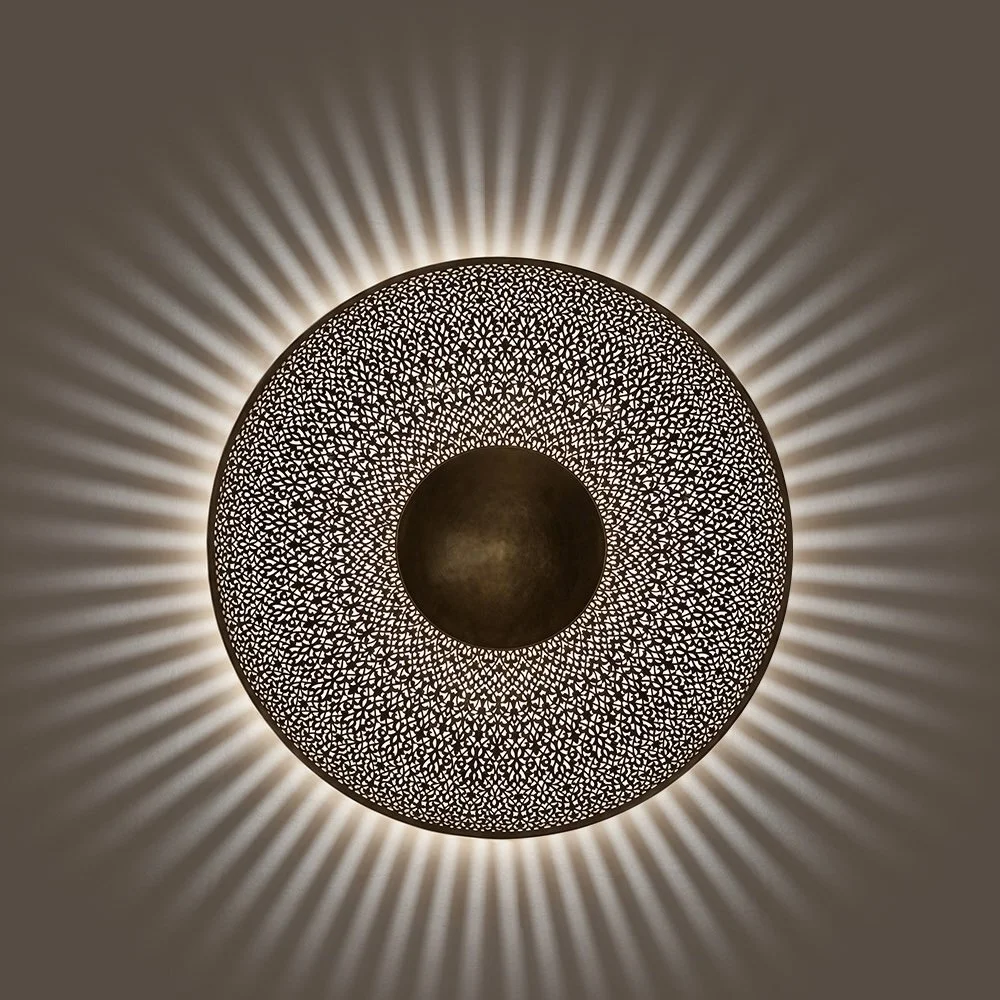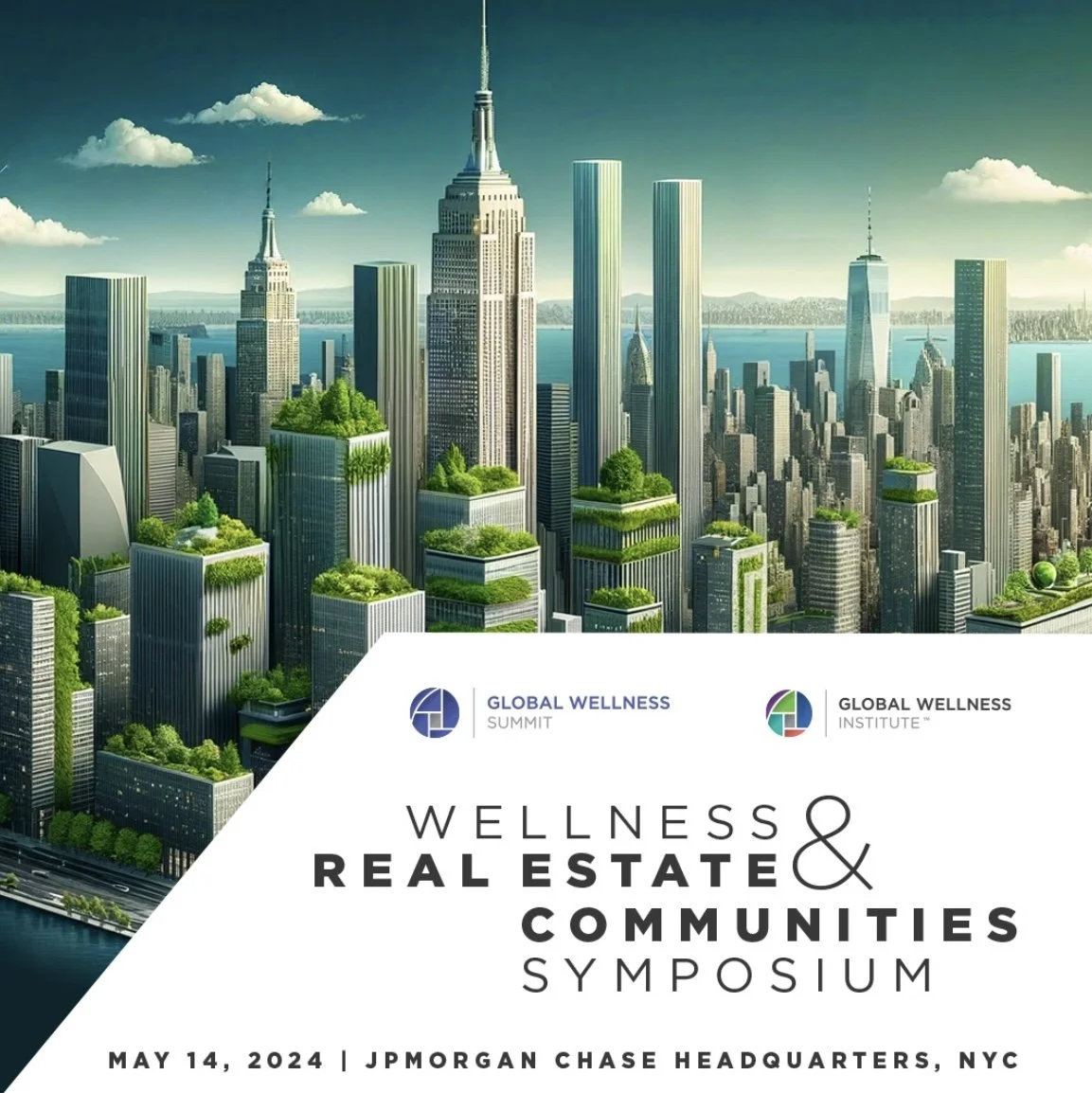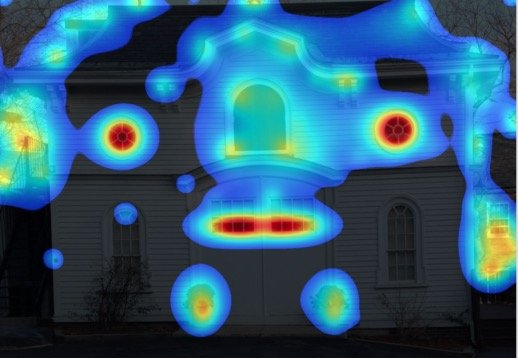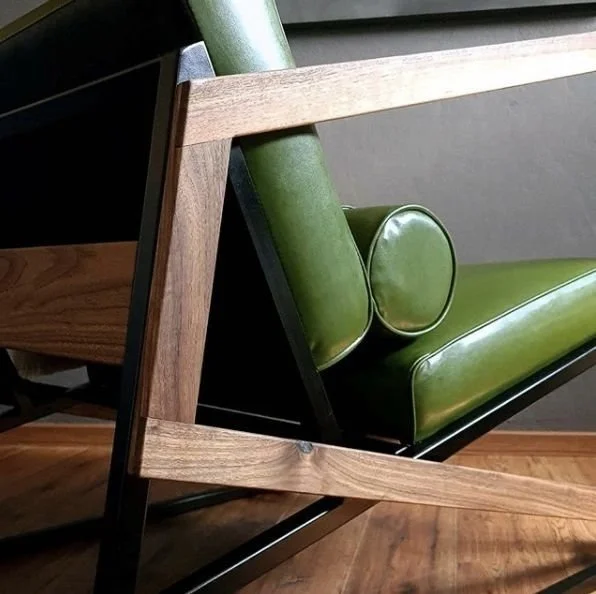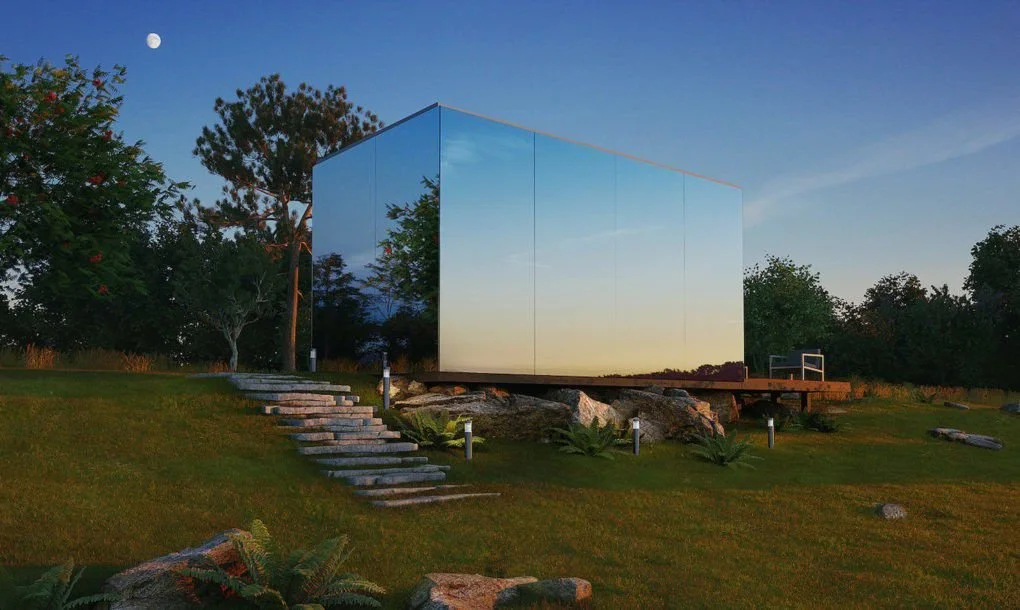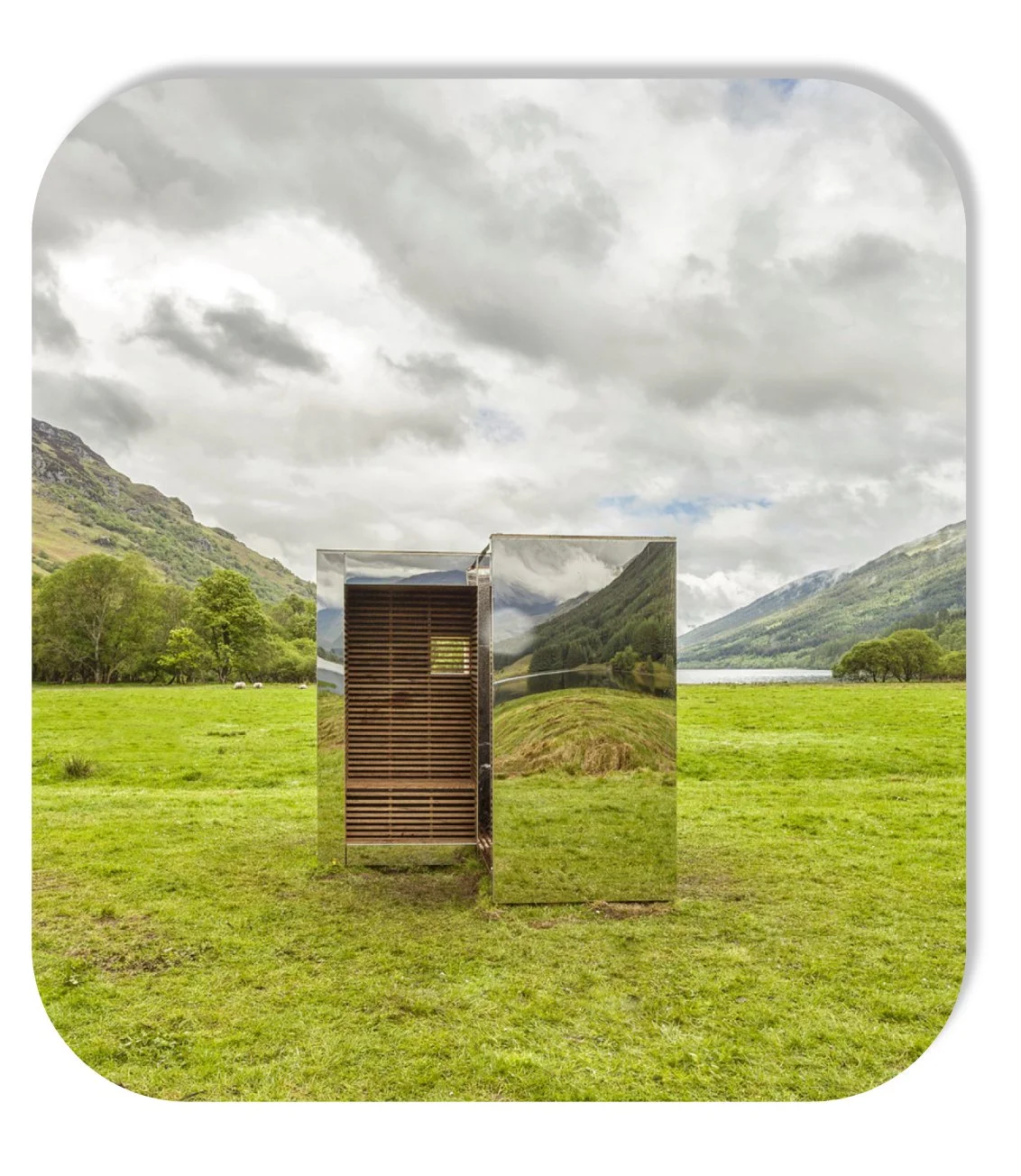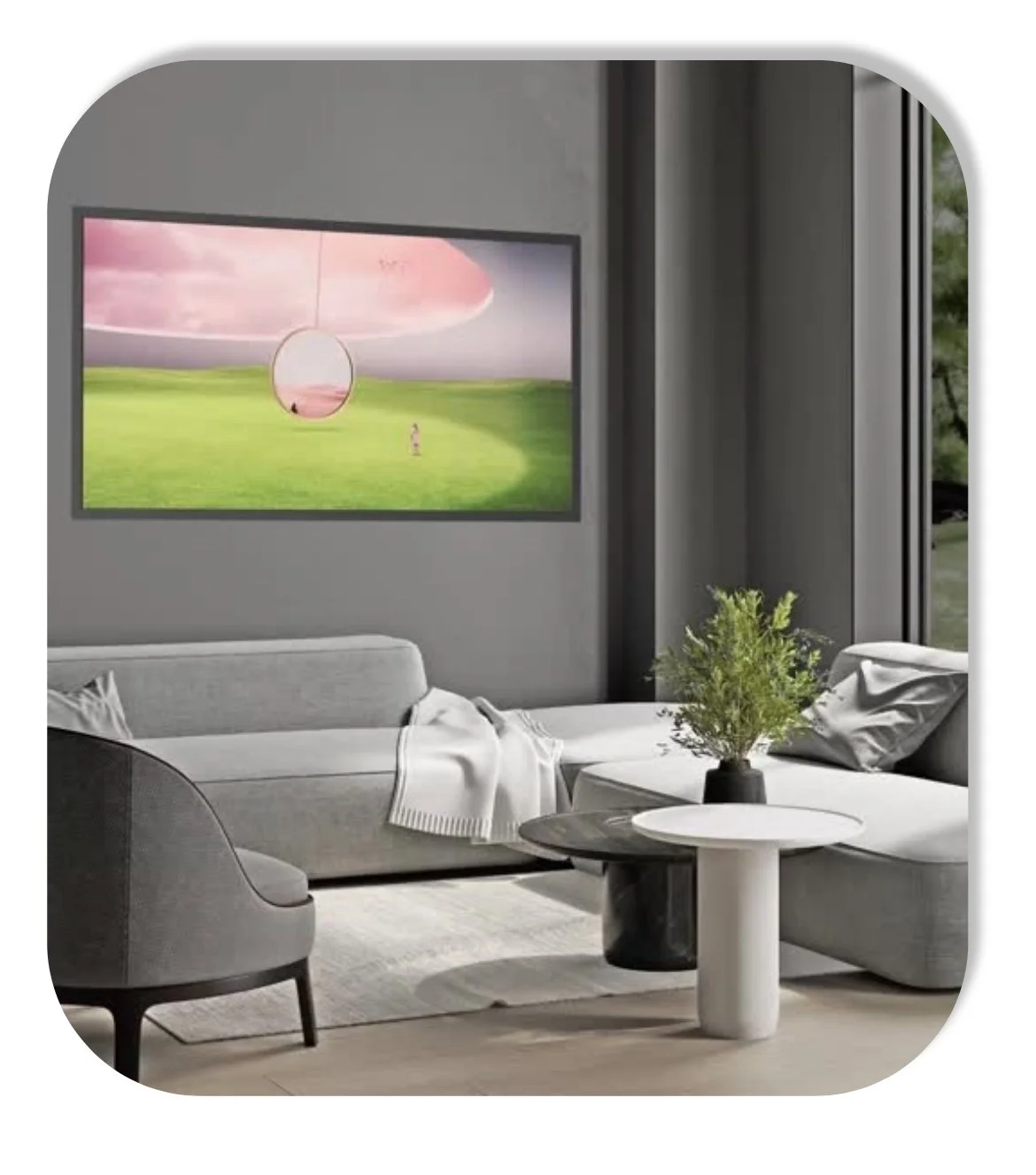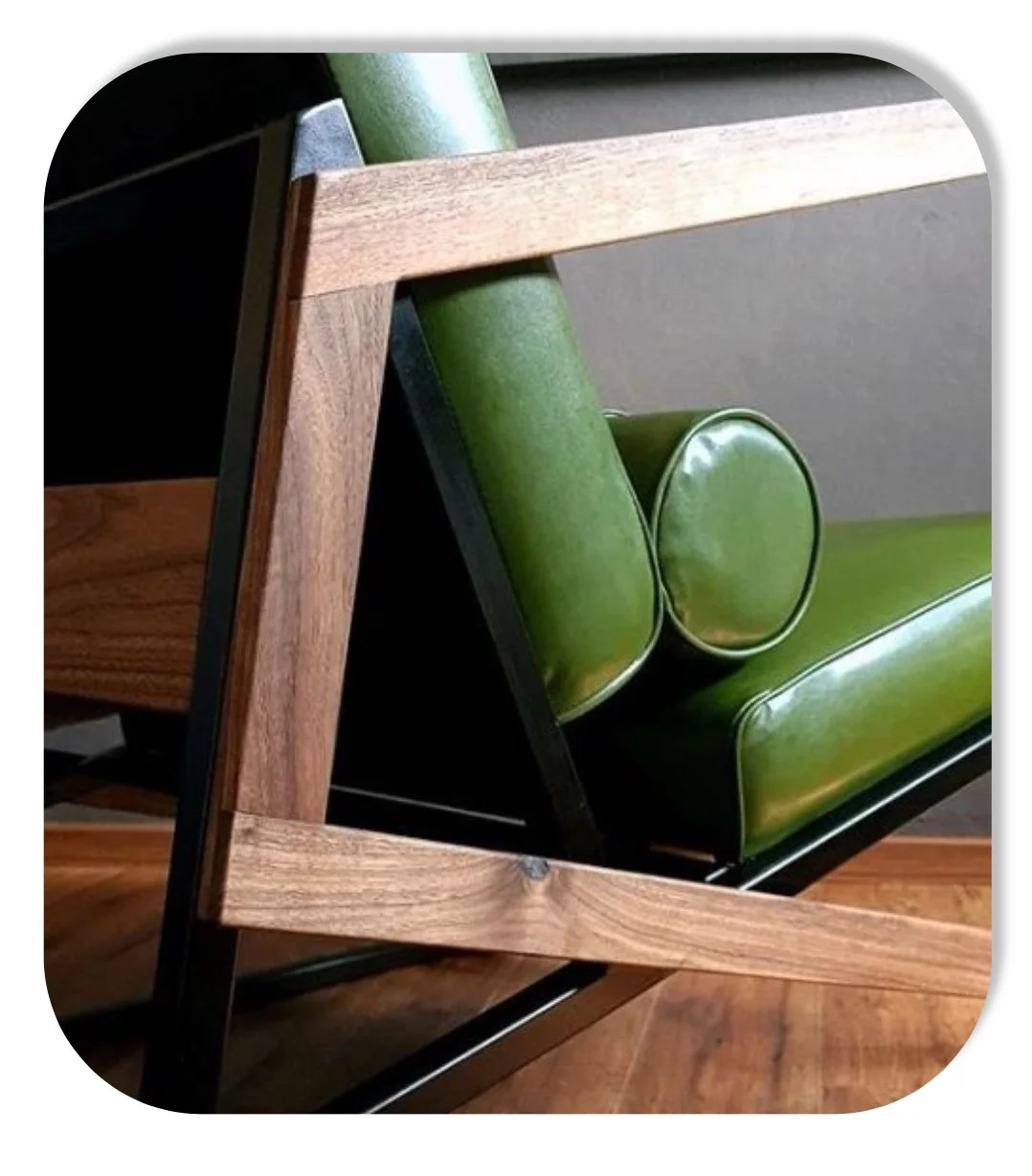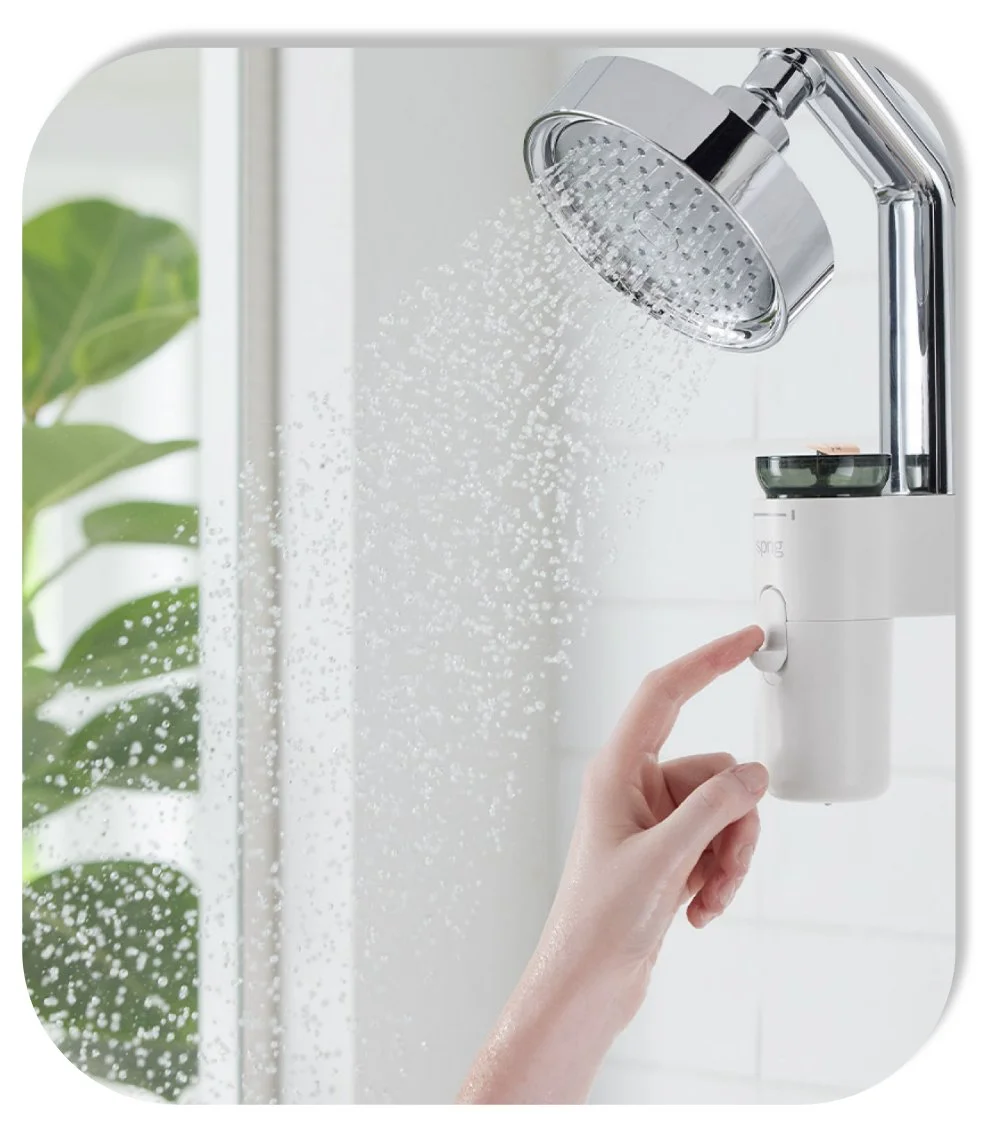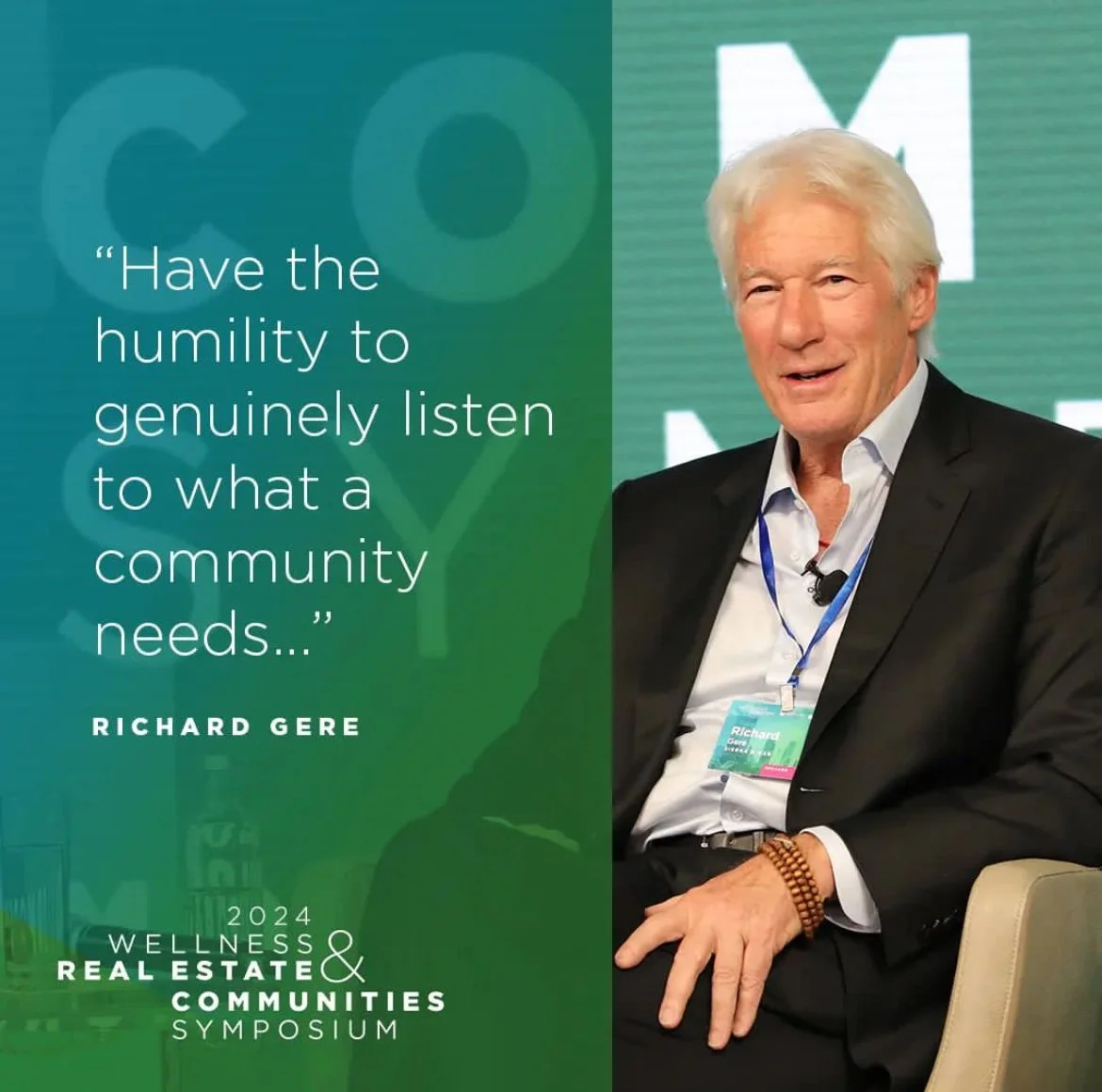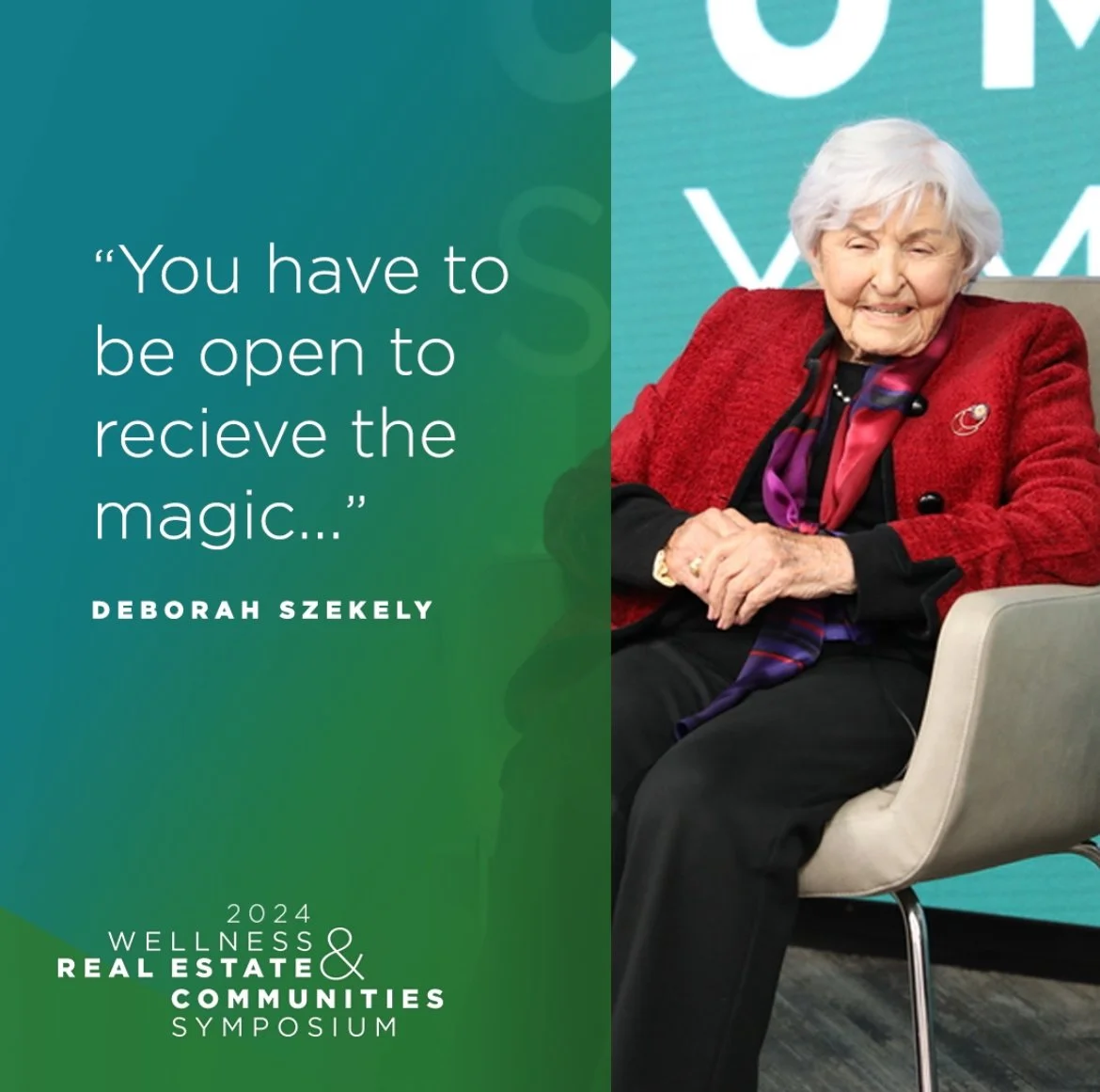Top Sensory Trends: Elevating Human Wellness Interiors through Multisensory Design | Global Wellness Real Estate | NYC
Have you ever walked into a room and immediately felt a sense of calm and tranquility wash over you? Or perhaps you've experienced the opposite – entering a space that felt chaotic and unsettling. The impact of spatial design on the human brain is profound and often underestimated.
At the Global Wellness Real Estate Symposium in New York City, Ari Peralta highlighted the top sensory trends transforming wellness design through a neuroscience lens. He emphasized that environments incorporating natural light textures, amplifying nature views, and digital art, can significantly reduce stress and enhance cognitive function by activating the parasympathetic nervous system.
Ari presented research showing that multisensory integration, when carefully calibrated, improves emotional regulation, attention, and overall well-being. By aligning design with neuroscience principles, these eight sensory trends help foster environments that not only elevate aesthetic appeal but also deliver measurable brain benefits.
Stimulate Movement and Wander through Material Light
Material Light is a metaphysical event. It occurs at the instant light meets the surface of physical matter and reveals its phenomenological qualities. Light reveals texture and depth, or by its absence, shade and shadow.
Scientific research has demonstrated that dynamic atmospheres, particularly those created through material light, can contribute to reduced stress, improved focus, and enhanced creativity.
Select Transformative Fabrics like Plant-Based Vegan Leathers
The eco-friendly benefits of plant-based vegan leathers extend beyond the absence of animal products. These materials contribute to the reduction of environmental impact by minimizing the use of harmful chemicals and excessive water consumption often associated with traditional leather production.
Plant-based vegan leathers have been developed from cactus, pineapple, mushrooms (Phellinus ellipsoideus), bananas, grapes, and coffee, to name just a few.
Amplify Natural Views with Mirrored Facades
By strategically positioning mirrors and utilizing reflective materials, designers can effectively amplify the presence of natural light, thus enhancing the overall ambiance of a room.
This not only reduces the reliance on artificial lighting but also contributes to a more sustainable and energy-efficient built environment. This technique provides a refreshing visual escape for occupants but also engenders a profound sense of openness and spaciousness within confined spaces.
Calm the Senses with Soothing Digital Art
Scientific evidence has shed light on the profound impact of guided art imagery on wellness. From reducing stress and anxiety to enhancing overall mood, digital art has the potential to positively influence brain function and emotional state.
According to the journal Frontiers in Psychology, utilizing guided imagery (GI), in particular of nature scenes or abstract art, can help reduce anxiety symptoms.
Embody Nature’s Sensory Attributes through Materials and Finishes
Innovative sustainable materials that mimic natural textures and aesthetics while reducing environmental impact are gaining prominence in the design industry.
In a recent behavioral study conducted by Arigami, for furniture manufacturer Kimball International, researchers identified nature-like decor, finishes and ambience, amongst the top elements most desired to increase a sense of belonging at the workplace, higher education and healthcare. .
Embrace Eco-Friendly and Multisensory Shower Solutions
People are increasingly seeking personal hygiene products that not only cleanse the body but also provide a multisensory experience. One fascinating aspect of this trend is the utilization of natural aromas to transform our daily shower into an olfactory journey.
Results of lab studies conducted at Johns Hopkins found that certain essential oils could kill a type of Lyme bacteria better than antibiotics. It’s important to note that results in human clinical trials are mixed.
Increase Focus and Comfort with Ergonomic Furniture
Ergonomic furniture is designed to support the body in a way that promotes a healthy posture and reduces the risk of discomfort or injury. The benefits of using ergonomic furniture extend beyond physical health; they can significantly impact productivity and overall wellbeing.
A recent report by Digby Brown Solicitors revealed that a large proportion of the 600,000 or so workplace injuries recorded every year in the UK, can be rooted back to outdated and unsafe office furniture
Leverage the Noise Reducing Properties
of Plants
One way to create a welcoming, stress-free environment is through reducing the unwanted noise in the built environment. Noise reduction is one of those less-known benefits of plants.
Plant parts such as stems, leaves, branches, wood, etc. absorb sound. Rough bark and thick, fleshy leaves are particularly effective at absorbing sound due to their dynamic surface area. When sound waves hit a flexible material, the material will vibrate and the waves are transformed into other forms of energy as well as being deflected in other directions.
Arigami’s research was presented at the Global Wellness Summit Wellness Real Estate & Communities Symposium, at JPMorgan Chase headquarters in Manhattan.
We had deep discussions led by industry leaders from real estate, investment, architecture, design, technology, medicine, and sustainability.
Discover more trends shaping the future of wellness real estate, from the democratization of wellness-focused housing to the rapid integration of health-enhancing technologies into building design.
